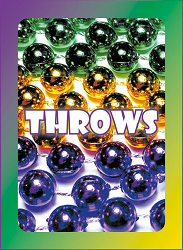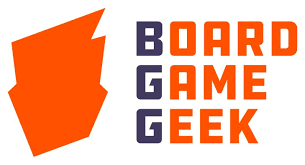Breakaway Football – Top Game of 2021 – Board Game Quest
The good folks at Board Game Quest named Breakaway Football as a Top Game of 2021! Read the article here. Uplink Underground Games is proud to make quality games for the hobby game market. We are still designing and developing new expansion teams for Breakaway Football. Visit our In Development page to see what…



